There was some confusion over the exact formation Liverpool had switched to in their 2-0 win against Rangers, but Jurgen Klopp says “it was a 4-4-2.”
When the teamsheets were released for the Reds’ third Champions League group game, there was an excitement among fans as Klopp named four forwards in his lineup.
There were three changes to the side that drew 3-3 with Brighton three days previous, with Luis Diaz, Diogo Jota and Darwin Nunez all brought in to replace Fabinho, Fabio Carvalho and Roberto Firmino.
Liverpool’s collapse after being 3-2 up on Saturday may prove to be a watershed moment, with Klopp finally shifting formation and leading to a comfortable win.
There was debate throughout the Group A triumph over exactly how the Reds had set up, but in an interview with beIN SPORTS after the game, Klopp confirmed “it was a 4-4-2.”
“When defending it’s a 4-6,” he joked, “because everybody has to defend!”
Speaking to BT Sport, Trent Alexander-Arnold described it as a “little bit more of a basic 4-4-2,” though in his own interview with beIN SPORTS, he added that it was “kind of a 4-2-3-1.”
That shows the minor differences in any setup, with the average positions on the pitch giving an accurate portrayal of how Liverpool were deployed.
What was different in the setup?
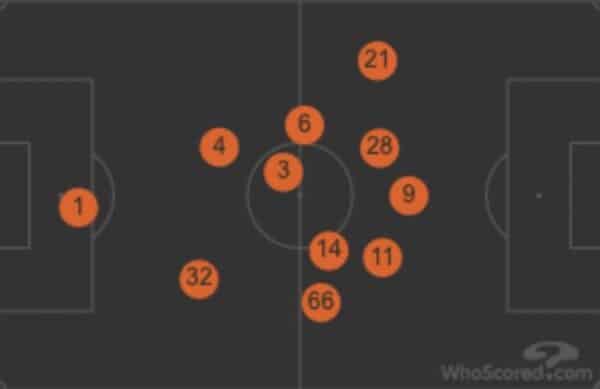
Average positions vs. Brighton
Against Brighton, Alexander-Arnold was one of seven players spending most of his time in the opposition’s half, with a clear midfield three, a narrow attacking trio and Kostas Tsimikas stationed out wide.
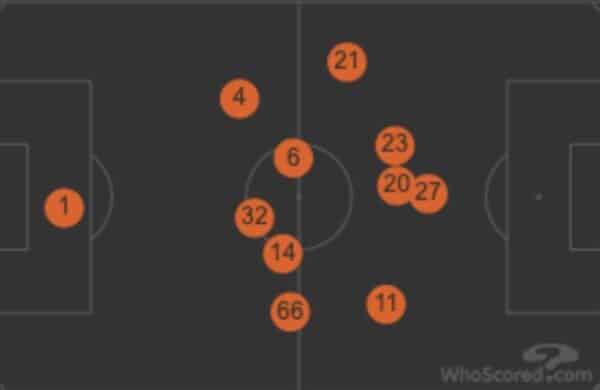
Average positions vs. Rangers
Meanwhile, against Rangers, there was a clear emphasis on defensive structure with five players in the Liverpool half – including Alexander-Arnold – with the back line shielded by two No. 6s in Thiago and Jordan Henderson.
Tsimikas was just as wide but stayed slightly deeper, while Salah was further out as Jota and Diaz played off Nunez as the centre-forward.
“It was like a 4-4-2 but Jots played a little bit off Darwin. So it was kind of a 4-2-3-1 with two sixes,” Alexander-Arnold explained.
“And we had proper out-and-out wingers, rather than inside-outside forwards that we normally play with.
“We got four attackers on the pitch, so that means when we had control of the ball and we had possession, and we were able to find them, they were able to link up play well. It moved fluidly.
“You could see it looked like all four of them were out there having fun.”
So what does it mean?

Well, for starters, it was clearly a popular change for the players, with Salah telling UEFA that “it was good for all of us up front” and Henderson hailing the return of “intensity” in his talk with BT Sport.
The difference in opposition cannot be overlooked, but Liverpool created 19 chances against Rangers compared to just nine against Brighton.
Telling, too, was the clean sheet – only their third this season, following previous shutouts in the 9-0 thrashing of Bournemouth and the 0-0 draw with Everton.
“That was vitally important,” Alexander-Arnold continued.
“That was something that we’ve been lacking and something that we’ve been working on.
“We changed the system today and that was the main thing, being compact defensively, everyone buying into what we needed to do to get the win.
“I think it showed out there today.”
Will we see it again?
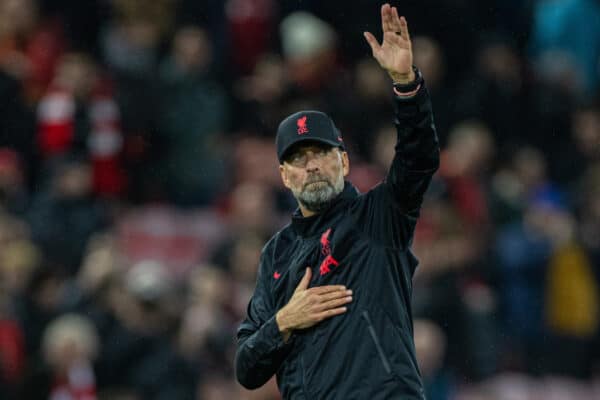
It remains to be seen whether the 4-4-2 is here to stay or if it was a one-time jolt to the system for Liverpool, who desperately needed a result on Tuesday.
But it is likely that it will at least remain in the locker, with the 4-3-3 retained for certain games, too.
Two such games could come in the next week-and-a-half in the Premier League, with a trip to Arsenal to come on Sunday before the visit of Man City seven days later.
Arsenal are currently top of the league, with champions City a point behind in second.
If Klopp did unleash his ‘new’ 4-4-2 in either of those ties, though, it would not be for the first time: Salah, Jota, Firmino and Sadio Mane all started in the 1-1 draw with Man City in 2020.

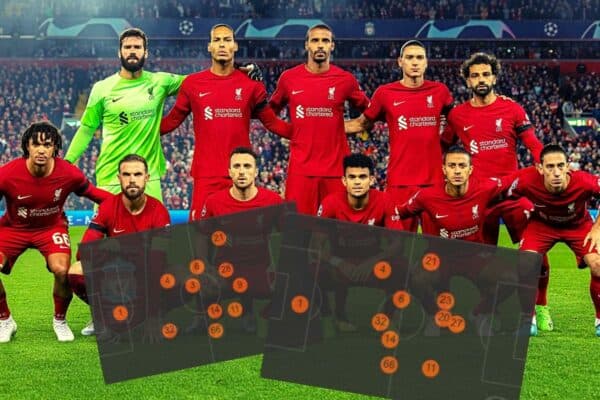




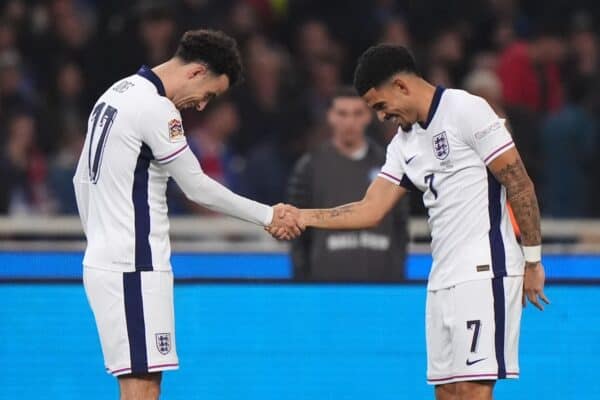











Fan Comments